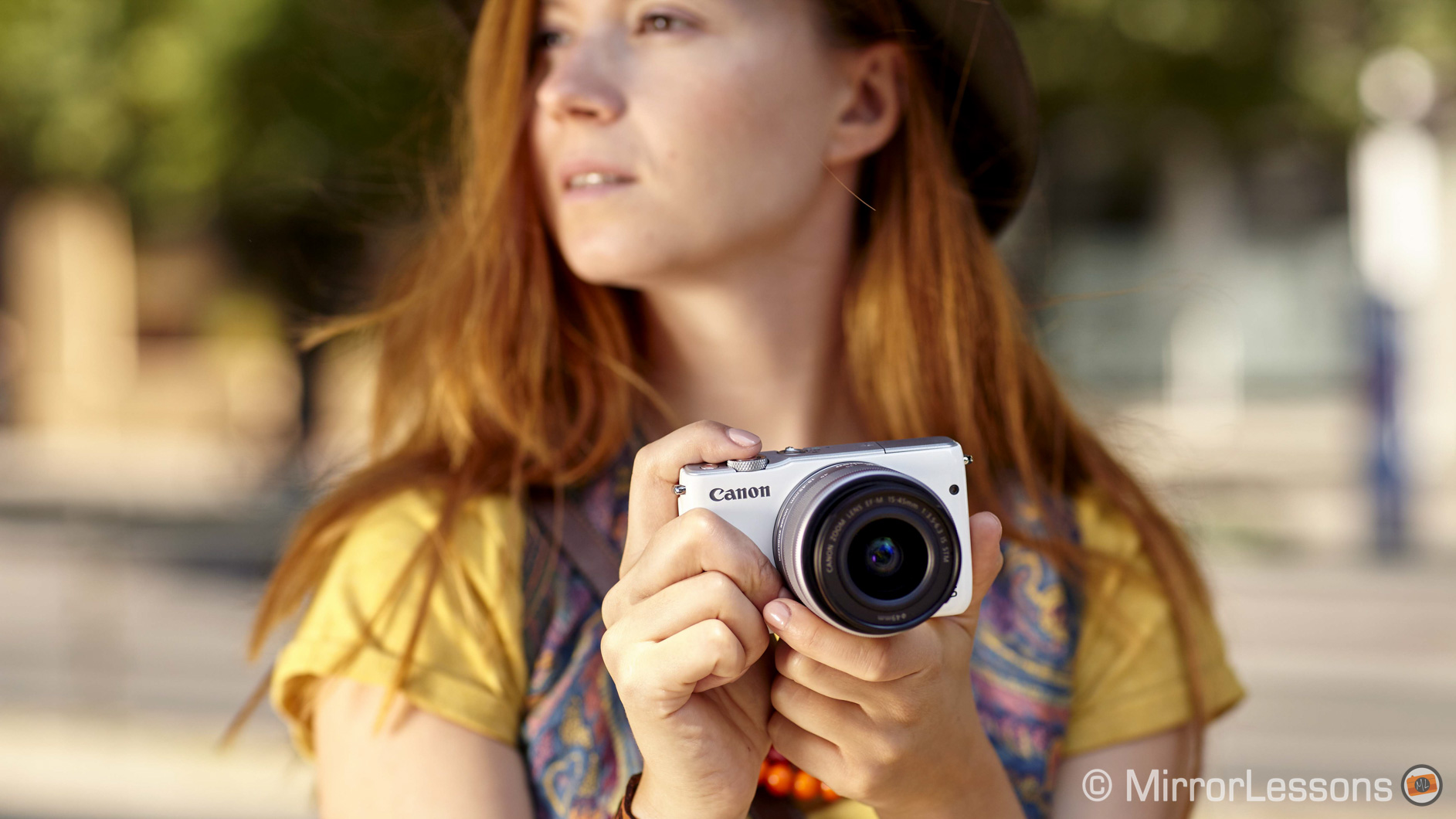Today, Canon announced the EOS M10, the fourth camera in the EOS M series following the EOS M, M2 and M3. Unlike its siblings, the EOS M10 is intended as an affordable entry-level model as demonstrated by its minimalistic design and very competitive price point.
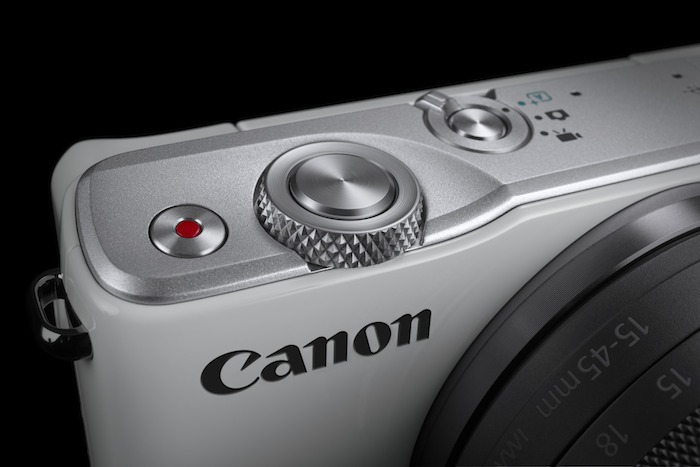
Like the original EOS M, the EOS M10 has an 18MP APS-C sensor but it has been updated to include Canon’s 49-point Hybrid AF II system with 80% sensor coverage. It also incorporates Canon’s most advanced processor to date, the DIGIC 6, raising the continuous shooting speed to 4.6fps up from 4.3fps and improving the buffer capacity. The ISO range, however, remains the same at 100-12800 with a 25600 expandable option. You can also shoot movies at 1920 x 1080 pixels at 30fps, 25fps and 24fps.
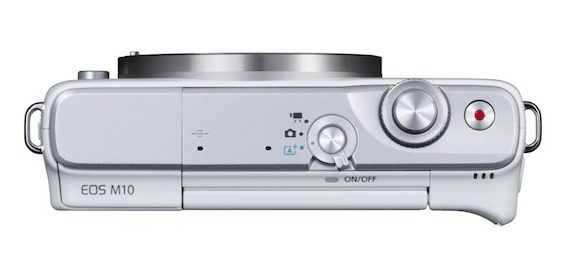
The camera features a 1.04 million dot touchscreen that flips up at an 180 degree angle. Doing so activates a Self Portrait mode. It also comes with WiFi and NFC, so you can easily transfer your photos from the camera to a mobile device. In an effort to keep the camera as minimalistic as possible, Canon opted not to include a hot shoe, EVF or mode dial, but it does have a built-in flash.
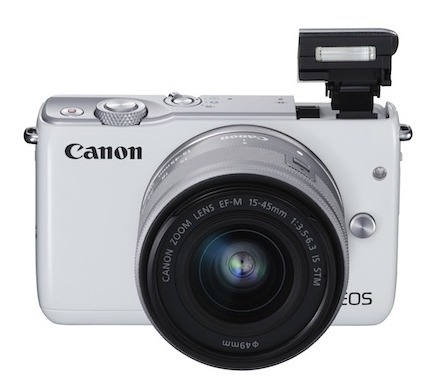
Also included with the EOS M10 is the new retractable kit lens, the EF-M 15-45mm f/3.5-6.3 IS STM. As the name implies, the lens incorporates both optical stabilisation and a silent AF motor. With an equivalent focal range of 24-72mm, it is wider than most kit lenses on the wide-angle end.
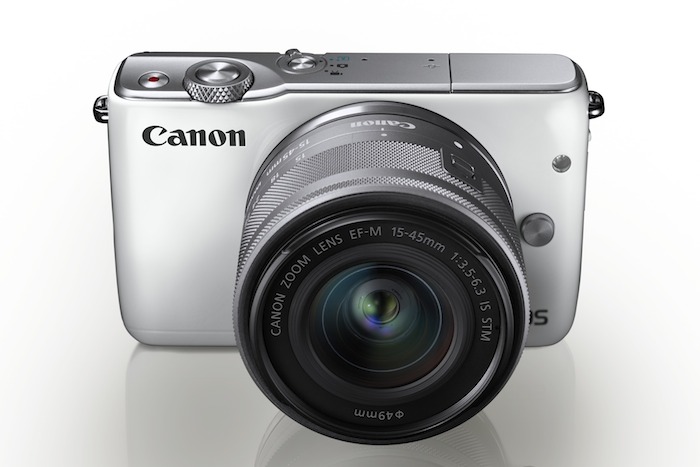
The EOS M10 will be available in November 2015 at the very reasonable price of $615 or £399 with the kit lens and $475 or £309 without.
Alongside the EOS M10, Canon also released the PowerShot G5X, the compact camera that rectifies the mistakes made on the G7X. It has the same 20.2-megapixel, backside-illuminated CMOS image sensor, DIGIC 6 image processor and ISO sensitivity range (125-12800) as its predecessor, the G7X.
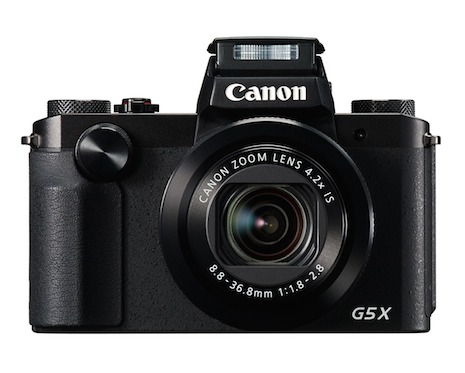
The most notable and welcome new feature is the 2.36-million dot organic LED viewfinder. Unlike the RX100 III/IV and LX100 whose EVFs are off to one side, the G5X’s EVF is found smack dab in the middle inside a fake pentaprism.
The camera is complete with front and rear dials, a lens ring, a dedicated exposure compensation dial, a built-in flash, and a hot shoe, making this camera perfect for those who want to stay out of the menu to change the camera settings. It also has an articulating side-hinged touchscreen and the same bright 4.2x / 24-100mm f/1.8-2.8 zoom found on the G7X complete with a built-in ND filter and optical stabilisation.
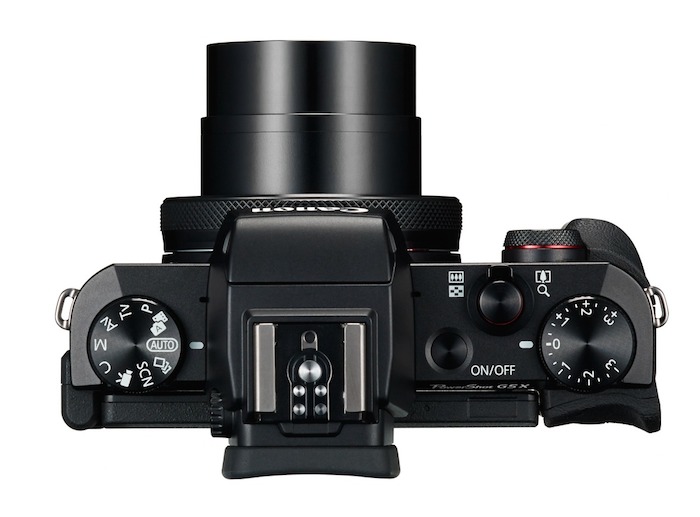
The Powershot G5X will become available in November 2015 at the price of $800.
Are you interested in either of these new cameras from Canon? Share your thoughts in the comments section below!
